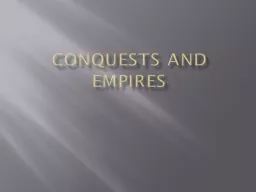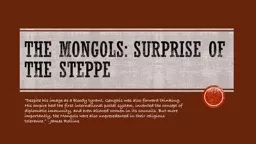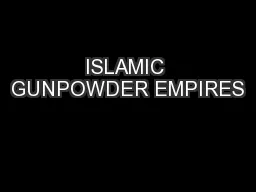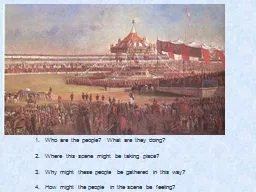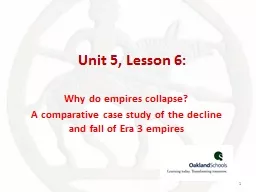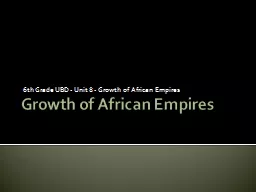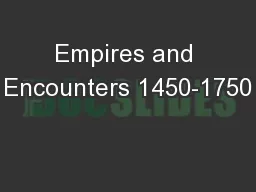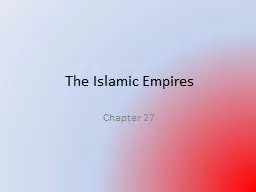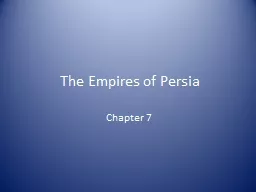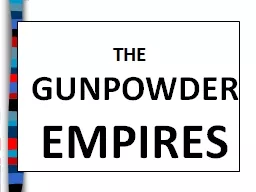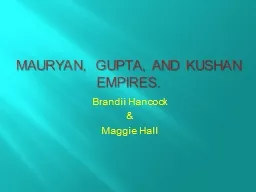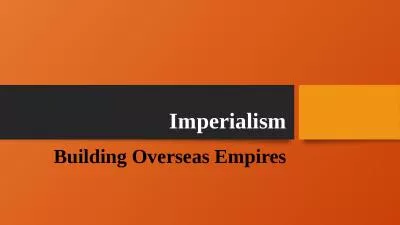PPT-Conquests and Empires
Author : mitsue-stanley | Published Date : 2017-07-26
Causes and Effects of Conflict Most wars were fought over farmland and water rights No natural boundaries no mountains flat land to separate citystates Therefore
Presentation Embed Code
Download Presentation
Download Presentation The PPT/PDF document "Conquests and Empires" is the property of its rightful owner. Permission is granted to download and print the materials on this website for personal, non-commercial use only, and to display it on your personal computer provided you do not modify the materials and that you retain all copyright notices contained in the materials. By downloading content from our website, you accept the terms of this agreement.
Conquests and Empires: Transcript
Download Rules Of Document
"Conquests and Empires"The content belongs to its owner. You may download and print it for personal use, without modification, and keep all copyright notices. By downloading, you agree to these terms.
Related Documents

